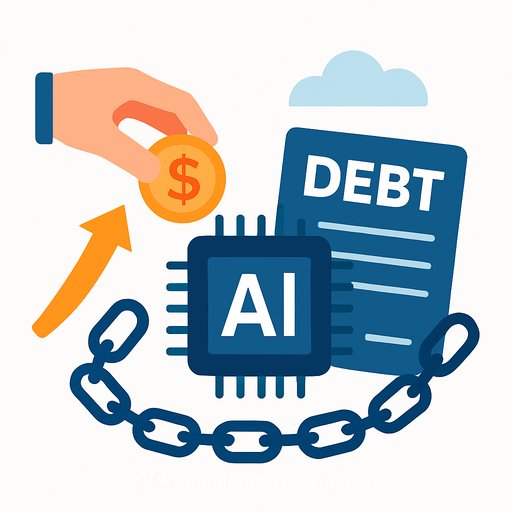Finance still bleeds time on manual AP as AI, tariffs and compliance pressure mount
A new global report from Tipalti, based on 2,300+ finance professionals across North America, the U.K., and Europe, paints a clear picture: teams are being asked to act more strategically while legacy AP processes hold them back.
While 74% say their role is getting more strategic, teams are still losing 11 hours per week to manual AP work - roughly 72 workdays a year. That's capacity you can't invest in growth, forecasting, or risk.
Manual AP is the bottleneck to scale
Over half (56%) say their current AP systems can't support long-term growth without major changes. Four in five (80%) need to scale AP just to keep pace with invoice volume.
The gap shows up in confidence, too. Only one in four finance pros feel very prepared to manage finances amid rising international growth.
Global expansion meets tariff headwinds
Growth is still the goal: 35% plan to expand globally in the next 12-24 months, and 55% already spend more time on international business than before. Tariffs are forcing course corrections.
Nearly 59% say U.S.-related tariffs are affecting expansion plans, and 61% have slowed investment or growth due to tariff uncertainty. North American firms are feeling it more - 37% more likely than Europe to see tariffs hit planning, and 65% more likely to report stress or burnout tied to geopolitical shifts.
Compliance and fraud risk are rising
Half (50%) lack a clear roadmap for managing global compliance. The trend is moving in the wrong direction: 43% report more compliance issues in the past year, and 60% say fraud is a bigger concern across AP.
Companies are reacting with patchwork fixes: 51% invested in new tech for control and compliance, 43% introduced new protocols, and 33% added staff. Helpful, but not a system-level cure.
AI and automation are strategic - adoption still lags
There's near-unanimous agreement on the direction: 80% of finance leaders say automation drives long-term business goals, not just efficiency. Yet only 7% have fully automated AP today.
What's in the way? Data security concerns, integration complexity, and fears about accuracy. Still, 64% worry that delaying automation will limit scalability. As Tipalti's Manish Vrishaketu put it, "AI-driven finance automation isn't a nice-to-have anymore."
Where leaders are investing through 2025
Teams are moving: 68% are re-evaluating AP management, and 46% are implementing or piloting AI tools. Top investment priorities:
- AI for AP: 50%
- Fraud detection and risk monitoring: 44%
- Data security and privacy: 44%
- Financial compliance and audit: 41%
There's a talent upside, too. Nearly 73% report better retention of skilled employees after implementing or piloting AI tools.
Practical next steps for finance leaders
- Put a price on manual AP. Quantify hours, error rates, late fees, and missed discounts. Use that to set a payback period for automation.
- Build a staged automation roadmap. Start with invoice capture and coding, e-invoicing, and 3-way match. Add supplier onboarding, tax validation, and payment orchestration. Prioritize integrations and security controls aligned to a framework like the NIST Cybersecurity Framework.
- Run focused AI pilots. Target high-volume, rules-heavy tasks: duplicate detection, anomaly flagging, GL coding suggestions, and vendor risk signals. Keep human approval on material items until accuracy clears thresholds.
- Strengthen compliance operations. Centralize policies with version control, map controls to jurisdictions, and set continuous monitoring for KYC, VAT/GST, 1099/1042-S, and e-invoicing mandates. Track audit trails by default.
- Plan for tariff volatility. Scenario test landed cost changes, supplier diversification, and pricing thresholds. For context on tariff mechanics, see the WTO overview of tariffs.
- Upskill the team on AI in finance. Blend vendor training with hands-on labs and governance basics. For curated options, see AI tools for finance here.
The bottom line
Manual AP and patchwork compliance are creating drag at the exact moment growth, tariffs, and fraud demand a stronger core. AI-driven automation, tighter controls, and smarter operating models aren't optional - they're the cost of staying competitive.
Move fast on the boring work that frees up time. Your team will feel it - and the data suggests retention will, too.
Your membership also unlocks:






